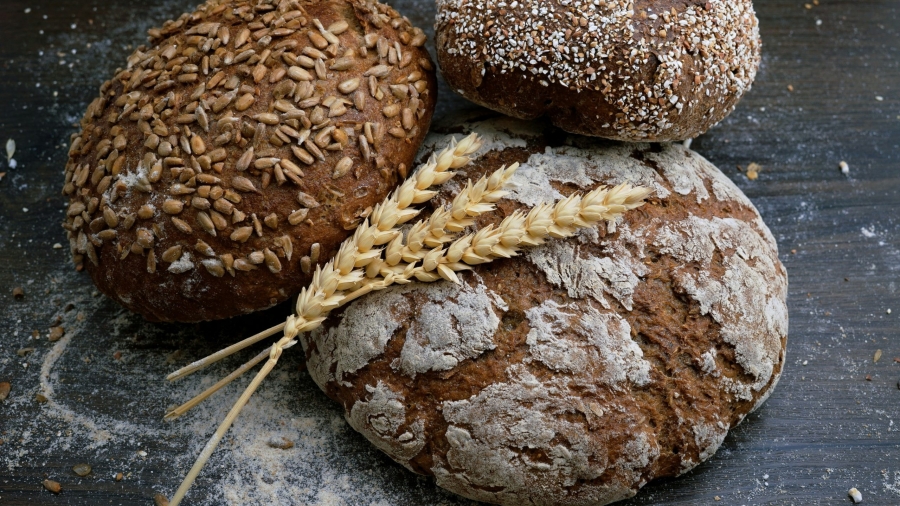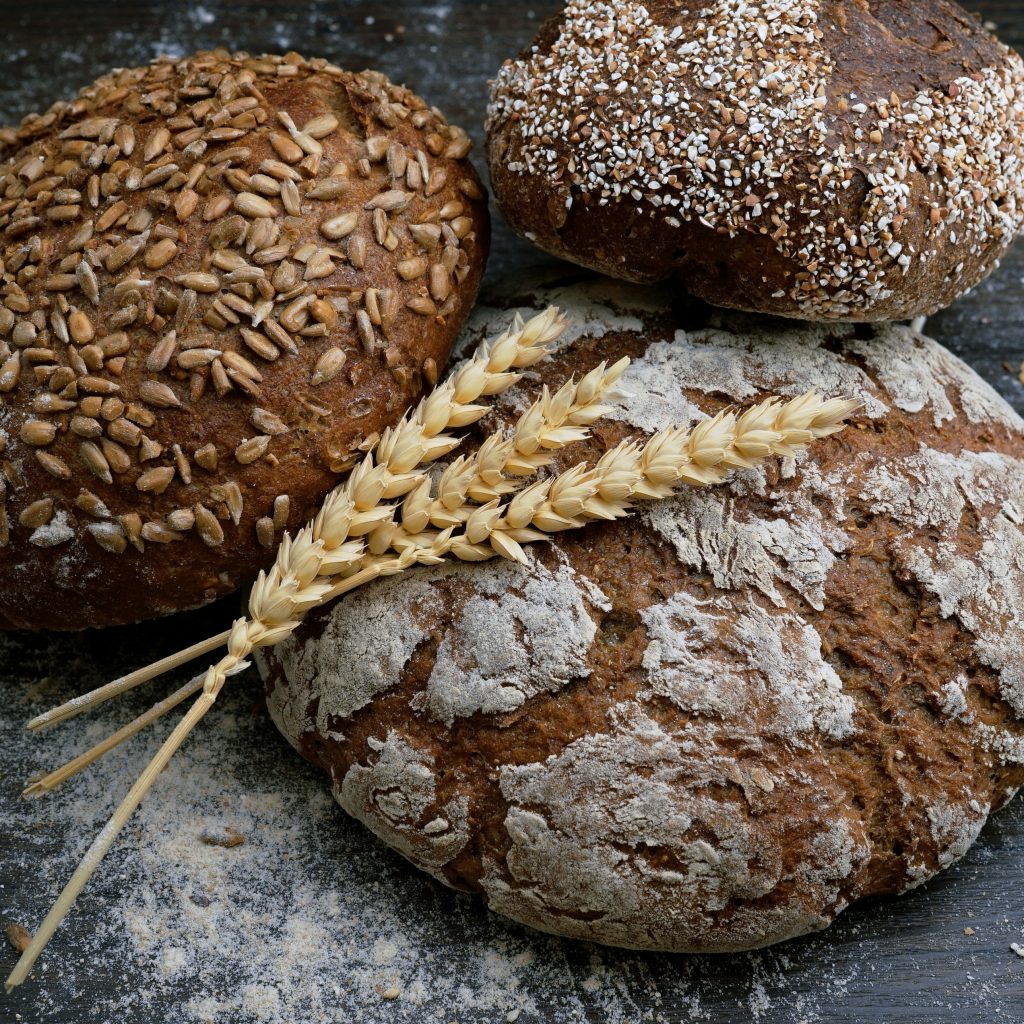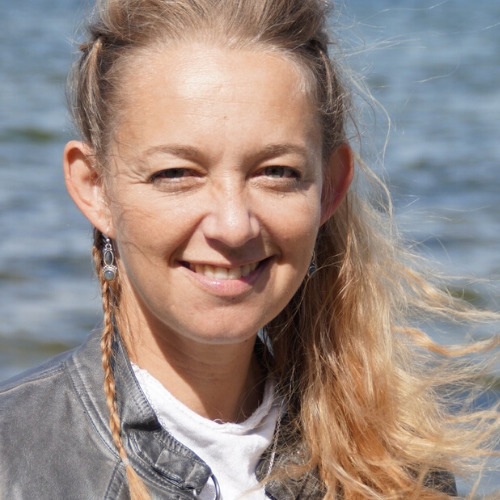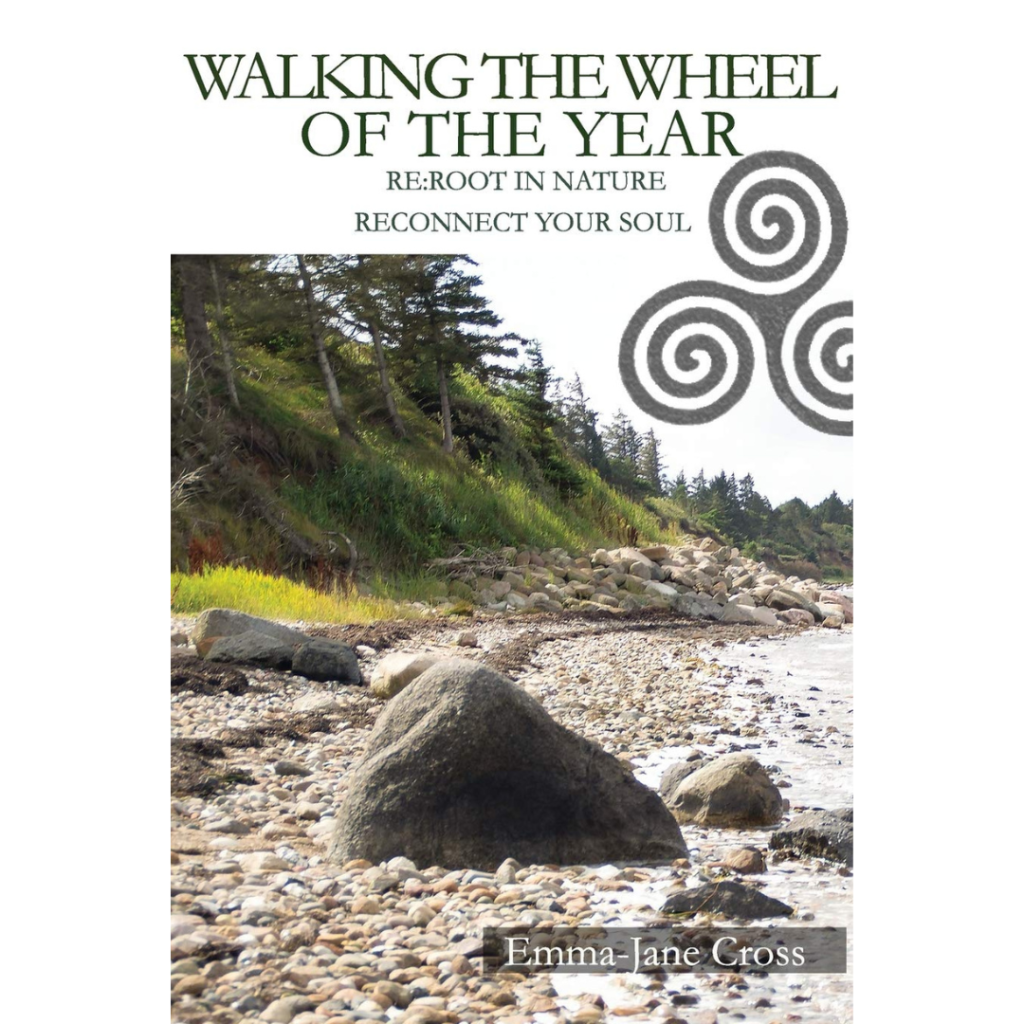by Emma-Jane Cross
Lammas or Lughnasadh is drawing near. The time of celebrating bread and beer is soon upon us. All hail the carbs! In all seriousness Lammas, celebrated today on the 1st or 2nd of August, is the first of the three harvest festivals on the wheel of the year, celebrating the harvest of the grain. In fact the more popular of this festival’s two names Lammas (probably because it’s easier to spell and pronounce), derives from the Anglo Saxon name for the festival Loaf-mass. Which pretty much explains what the Christians were celebrating at this time of year. And yes whilst most of the earliest known traditions connected with Lammas or Lughnasadh are connected to the year’s first grain harvest, I believe that if one looks to our Celtic ancestors it is possible to interpret Lammas differently and see this festival as an honouring of the interconnectedness of life.
Before the Anglo Saxon Loaf mass, our Celtic ancestors celebrated Lughnasadh. There is a lot of discrepancy regarding the mythological basis of these celebrations. As the name suggests, this festival honoured the Irish god Lugh by forms of a ‘násad’, a tribal assembly. You might think with having a harvest festival named after him Lugh would be a god of the sun or grain, but he isn’t. The belief that he was a sun god began in the Victorian era (1837ce-1901ce.) One of Lugh’s epitaphs, ‘Ildanach’, means ‘many-skilled’; another, ‘Samildanach’, means ‘equally skilled in all arts’. The legends told that he was a smith, a champion, a swordsman, a harpist, a hero, a poet, a historian, a sorcerer, and a craftsman, seen by some as a trickster and it was said he invented horse racing. But nothing about grain, or the sun. So how did Lugh the God of being good at pretty much everything become the primary god celebrated at this time of year?
Well there are many, many theories. Lugh was worshipped across Europe including Spain, France and Switzerland where reliefs of Lugh’s head have been found showing him as a triple god. (Incredibly rare for a god, it tends to be more of a goddess thing.) And the head thing is important. According to Maire MacNeill who studied Lughnasadh, Lugh was connected to the highly debated Celtic Head Cult. The Celts believed that the soul lived in the head. At Lughnasadh stone heads were placed upon burial mounds. As well, the Celts would take the first head of corn harvested and take it to a high place and bury it. Perhaps believing they were offering the soul of the corn, returning it to its Mother the earth in the hopes of increasing or continuing the land’s fertility whilst honouring Lugh in a way he would recognise? Not sure about that one, at best it is a tenuous link. However, the symbology here does foreground the idea of the interconnectedness of life. Not just of death and rebirth, but of the souls of humans, of the grain and of the earth by honouring the ‘death’ of the grain as they would the ‘death’ of a human.
Tenuous connections aside, the Lebor Gabála Érenn (literally The Book of the Taking of Ireland, otherwise known as The Book of Invasions, tells us that Lugh held a funeral gathering, feast and games for his foster mother Tailtiu at the beginning of the harvest. (Yep, games and competition were the way of honouring someone’s life/death back then.) How Tailtiu died is also a bit of a mystery. One legend says that she unalived herself as an offering to ensure that the land did not enter a drought. Which would make the funeral part of an offering ceremony to the earth, or to the goddess Tailtiu, of which Lugh was not at the centre but was more the guy that arranged the whole shabang! Tailitu on the other hand was absolutely known as the goddess of the harvest and is thought to symbolise the earth, resilience, devotion and even as the spirit of Ireland! One legend says that she died from exhaustion after clearing a forest so the land could be cultivated. In this story on her deathbed she is supposed to have asked for the funeral games. She made a prophecy that as long as Ireland celebrated her death this way it would always have song. The games, celebrated still today in Ireland are called the Tailteann Games. (Which probably explains why there are very few pubs in Ireland that don’t have some form of a music seisiún (session.) Again here in Tailtiu’s tale the theme of interconnectedness between earth, humans, life, death, rebirth and of course love and
sacrifice. A reminder of our bond with the earth and the responsibility we have to the land and to
each other. Again, interconnectedness. Can you see it?
This theme of interconnectedness, as well as harvest and sacrifice is interwoven throughout the legends associated with Lammas. And don’t get me started on the festival that was celebrated pre- Lammas; Brón Trogain which centres upon the sorrow and sacrifice of birth for humans and the land with the winter coming. And as much as I love munching on my Lammas loaf (again, carbs for the win in our house!) Or making a corn dolly for my home and reading John Barleycorn. When looking at Lammas from the celtic perspective of interconnectedness and sacrifice. So fitting. It gives me, at least, such a deeper understanding of my connection to nature, to the sacrifices I have made or may have to make in the future, but also to the humans in my life that have made sacrifices for me. My community naturally, but also to the people out there in the world who work so hard, making sacrifices so that I can eat. So this year as I bake my Lammas loaf (which is always a disaster but yummy), I will be considering Lammas from the Celtic perspective. Considering my place in this cycle of interconnectedness, acknowledging the sacrifices I and others have made for my journey and humbly lighting a candle for Tailtiu on my altar as I play a game in her honour. I invite you to join me. You never know, it might bring some music into our lives! And hopefully celebrating Lammas from the Celtic perspective will allow us to understand and appreciate more the interconnection of all things. Which, in a world of finite resources, is a beautiful thing.
Meet the Author
EMMA-JANE CROSS is a spiritual coach and author specialising in creating spiritual connection with nature and the wheel of the year. Her roots are in Celtic and Norse traditions, from her Welsh childhood, her training in Shamanism, Druidry and Witchcraft at Avebury, and her work as Viking historical-interpreter within Scandinavian Museums. From her home by the fjord Emma-Jane guides people worldwide to rekindle a spiritual connection and personal growth journey aligned with nature’s seasons. She teaches workshops in Denmark and online and regularly speaks and teaches Celtic spirituality, earth magic and seasonal spirituality at events.
On the web
Bookshelf
WALKING THE WHEEL OF THE YEAR: RE:ROOT IN NATURE, RECONNECT YOUR SOUL BY EMMA-JANE CROSS, published by Green Magic, paperback (210 pages).





